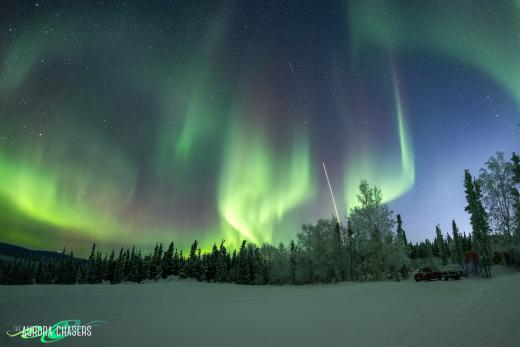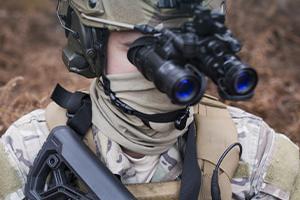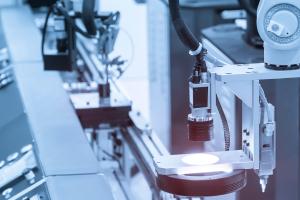Long Wave Infrared (LWIR) is part of the infrared spectrum covering the wavelength range from 8 to 14 µm. Long Wave Infrared (LWIR) cameras and cores, also known as thermal imagers, are ideal for use in surveillance, homeland security, object detection and industrial and scientific applications.
Xenics, part of Exosens, Long Wave Infrared (LWIR) cameras and cores feature ultra-low noise and high sensitivity, allowing the camera to capture high-resolution images with exceptional clarity. Xenics Long Wave Infrared (LWIR) cameras and cores are designed for seamless integration into a variety of electro-optics systems.
Need some answers? Ask our experts!
Contact us
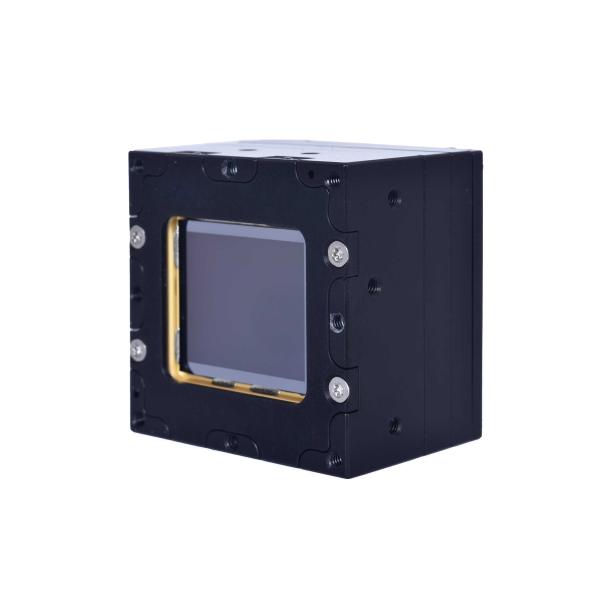

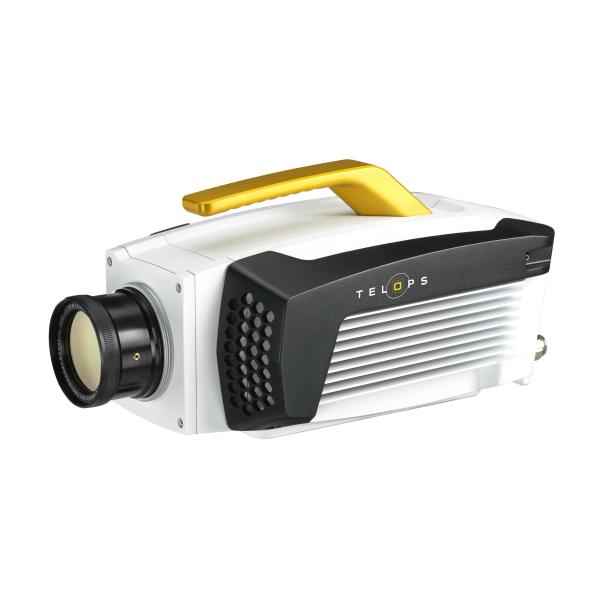

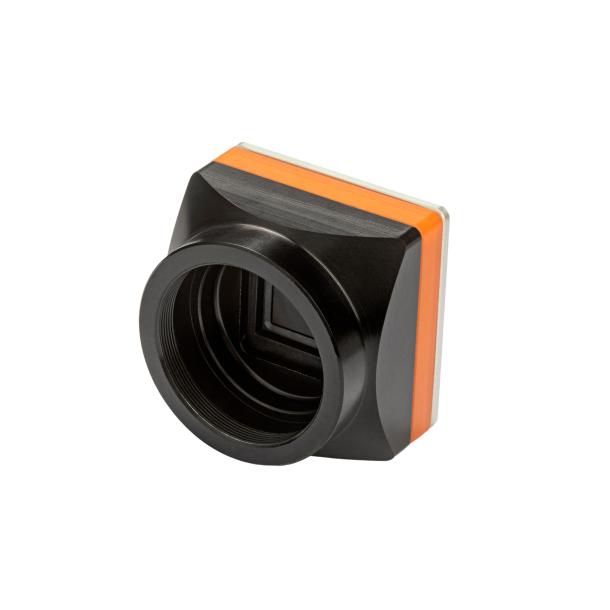

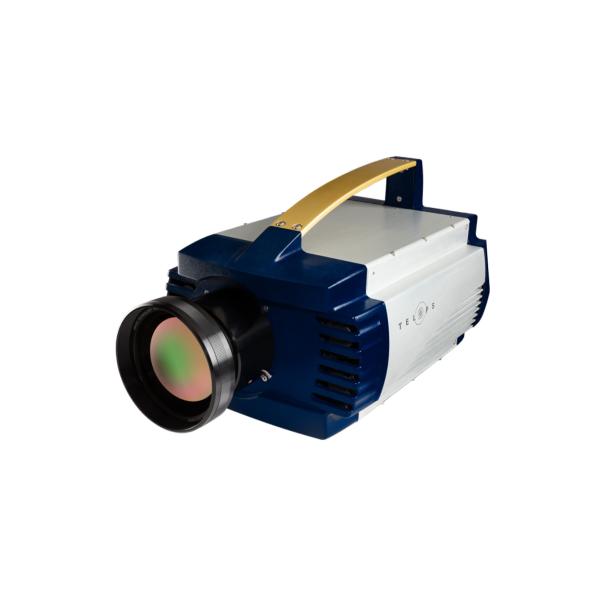

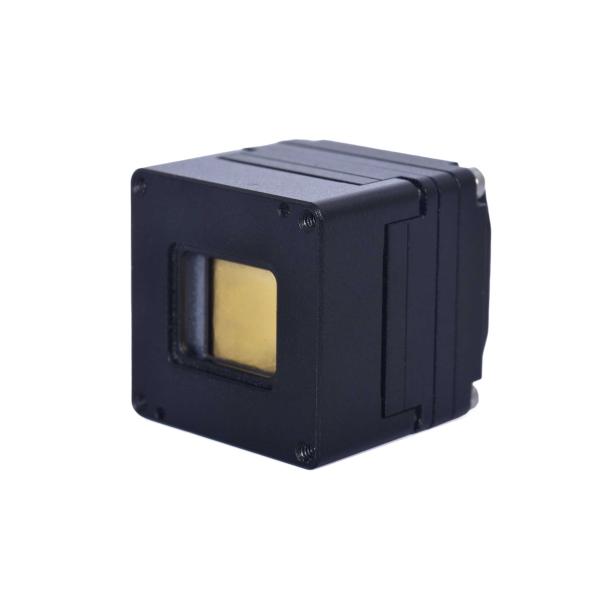

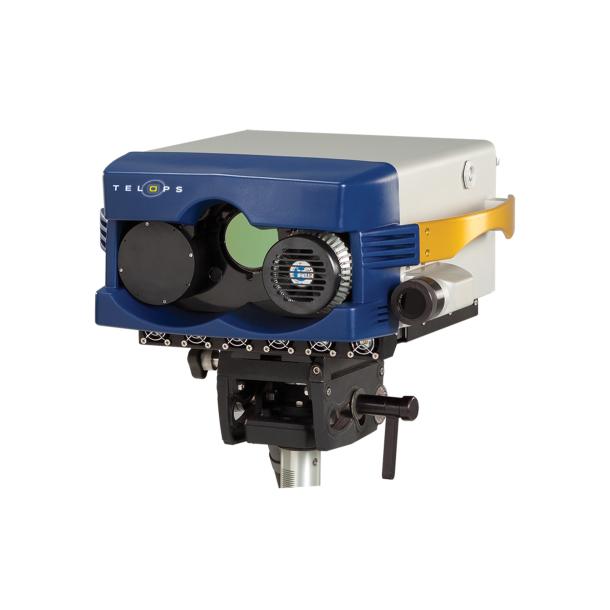

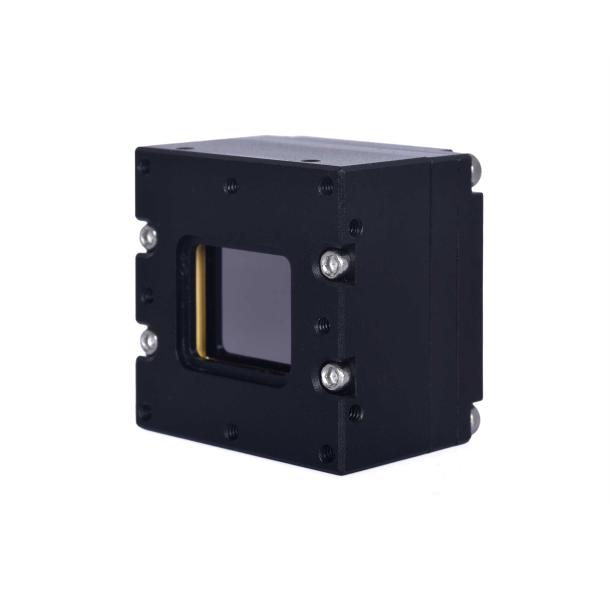

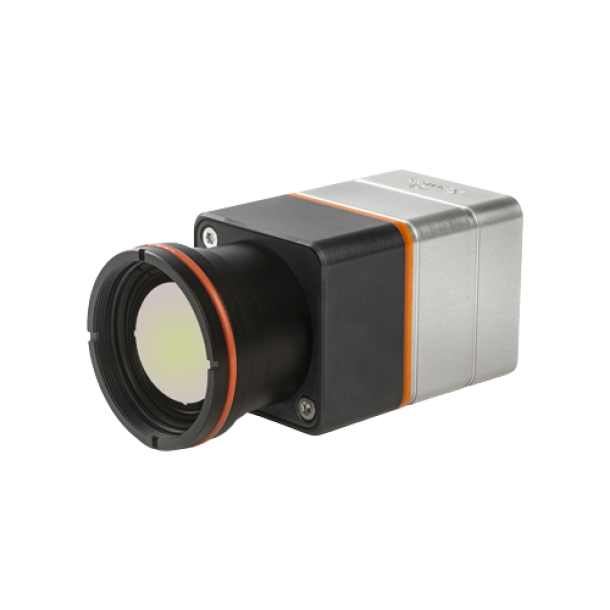

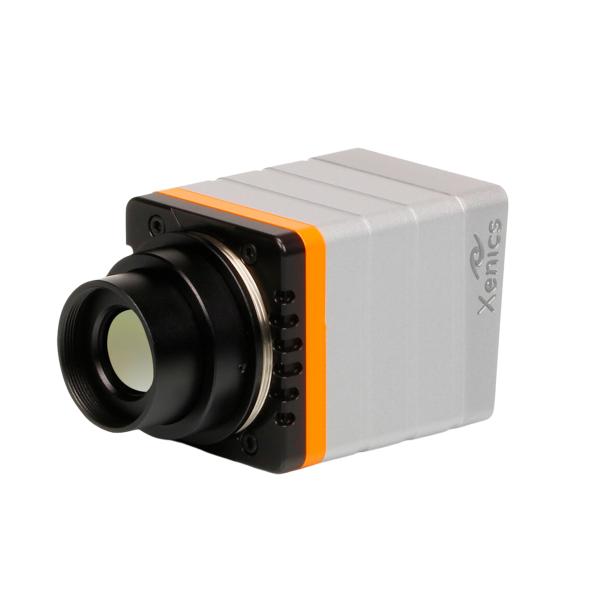

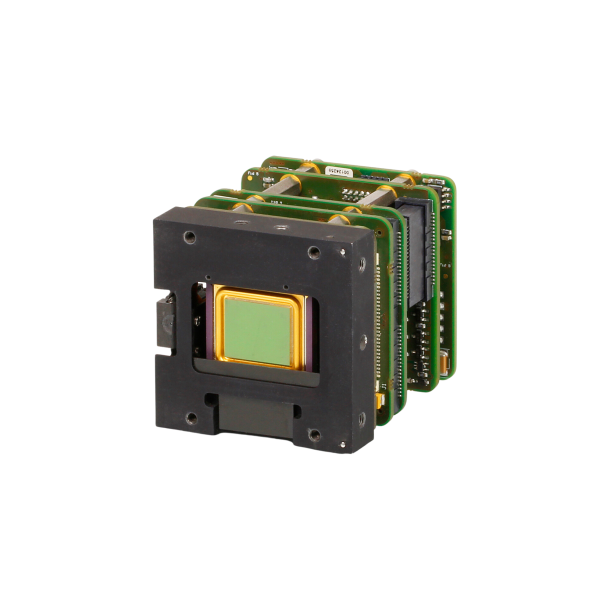

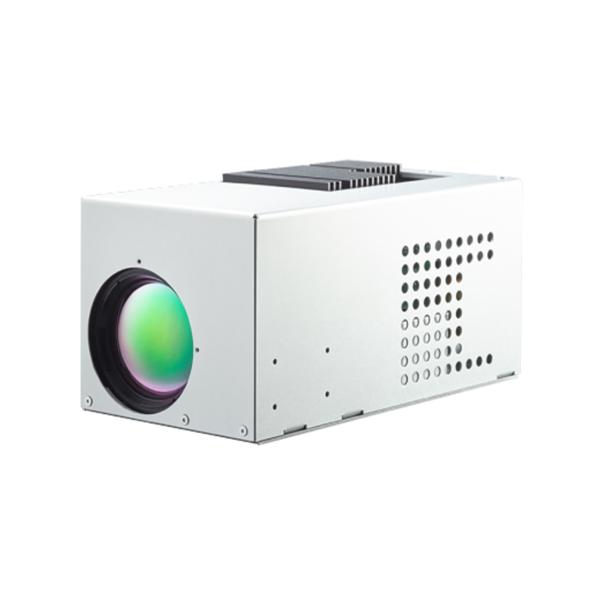
Frequently Asked Questions
What is a long-wavelength infrared (LWIR) or thermal camera?
A LWIR or thermal camera is a digital camera exclusively designed to captures the infrared radiation in the range between 8 to 14 µm, allowing it to create images based on temperature differences.
What is the difference between cooled and uncooled thermal cameras?
Cooled thermal cameras use a cooling system to enhance sensitivity and image quality, making them suitable for more demanding applications. On the other hand, the uncooled thermal cameras offering more compact and energy-efficient features that suitable for different dynamic applications.
Can LWIR cameras measure precise temperatures?
Yes, Xenics LWIR cameras are calibrated to provide accurate temperature measurements for specific applications, making them valuable for tasks like industrial monitoring and medical diagnostics. On the other hand, real-objects have varying emissivity profiles, and atmospheric conditions can affect the information. To get precise temperatures, one shall take into account for the true material emissivity and atmospheric transmission properties.
What is the thermal time constant?
The thermal time constant τth of a bolometer is determined by the thermal mass C and by the thermal conductance G between the pixel and its environment. It expresses the physical time a bolometer needs to heat up and give an electrical output that equals or represents the input. Typical values for A-Si are between 7 and 10ms.
How is NETD measured?
NETD is one of the most important performance parameters for infrared imaging systems. It is a signal-to-noise figure which represents the temperature difference which would produce a signal equal to the camera’s temporal noise. In human language: NETD expresses the minimal resolvable temperature difference when the camera is used for relative imaging applications.
What is a shutter in a camera?
A shutter is a part within a camera that controls the light exposure that reaches the sensor. There are two main shutters, namely mechanical shutter and electronic shutter. The mechanical shutter is physical curtain of the camera that open and close to expose the sensor. While the electronic shutter works by turning the sensor's sensitivity on and off for specific durations.
How can a user control the mechanical shutter to assure the image?
Within LWIR cameras, it is a factory default, the shutter is initialized when the temperature at the detector changes by 0.5°C. An additional timing elapse function is also implemented and can also be activated. When a camera has just been started it will get to his working temperature. During this time the detector will warm-up and will be shuttered several times to assure the quality of the image.
What's new in Long Wave Infrared cameras?
See all
Nov 29th 2023
Exosens signs partnership with Scientific Imaging Inc.
Exosens signs partnership with Scientific Imaging Inc. to distribute its wide range of high-performance cameras
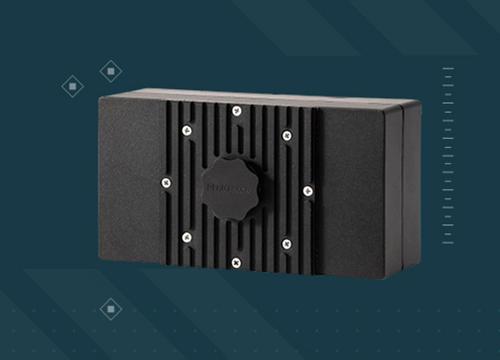
Apr 09th 2024
Exosens Adds Innovative Photon Counting System, LINCam
